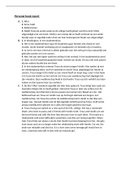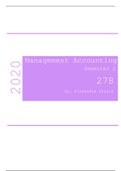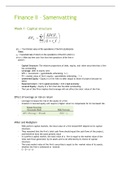Study guide
MATHEMATICS NOTES
- Course
- Grade 12
- Institution
- Reddam House College
These notes provide simple notes on all maths concepts you need to know for your maths exam. The notes are simple and understandable and help a lot when it comes to revising examples and exercises.
[Show more]









